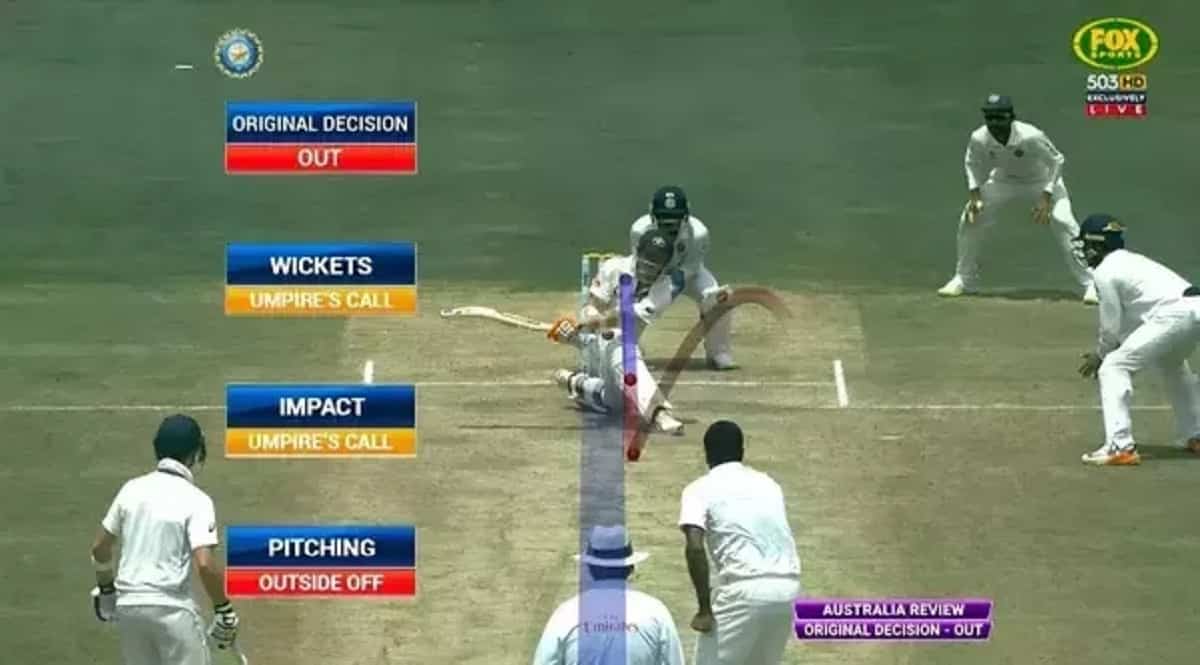One of the most debatable and one of the most talked upon topics in any sport is the use of technology in the sport!! Technology if implemented smartly can change a sport completely. It can result in making or breaking history. One such concise portrayal of the implementation of technology is the “Decision Review System” in cricket. How many times have we witnessed a controversy related to the effective use of DRS? How many times have we seen the ball tracker showing “Umpire’s call”? From the Snicko-Meter to the reviewal of a runout, cricket is mostly dependent on Technology.
What is the Umpire’s Call?
“Umpire’s Call” can be said to be the decision of the on-field umpire which has been given as viewed by the naked eye! It can be with respect to seeing a catch or commenting on an LBW appeal. The on-field umpire’s call is significantly important. The reason for its importance is the fact that after the decision is given, and when it is being reviewed the TV umpire requires conclusive evidence in order to overturn that decision.
For instance, if Ben Stokes takes a very low catch coming of Virat Kohli’s edge at First Slip. Ben is not sure whether he has caught the ball. The umpire decides to go to the TV Ump. And simultaneously gives a soft signal “Out”. This means that the TV Umpire will now have to look for strong evidence to check whether the ball is cleanly taken or not. If evidence is found that the ball has touched the ground only then Virat stays on-field or he is considered “Out”.So, basically, it means that if clear evidence required for overturning a decision is not found, the on-field call is given precedence.

Why is the soft-signal necessary?
The “Soft- Signal” or the “Umpire’s Call” is required to eliminate mechanical error. The “Ball-Tracker” or “Hawk-Eye” claims to have a precision of 95-96% but at the international level we can never afford to ignore the remaining 4%, isn’t it? The fact that the on-field decision is given precedence also means that the On-Field umpire is the supreme authority. Also, the Umpire’s call is less debatable as at times it works in favor of every team. Once it may go against you but at times it may help you as well.
The soft-signal is also required because all international matches do not have the same coverage! A game between Ireland and Zimbabwe won’t have the same number of cameras as the game between India and Pakistan, right? So, all these aspects also need to be considered.
To conclude I would say that “Technology as a student is great but it mustn’t be a teacher”. This well and truly explains how effective and limited use of technology can prove beneficial. The rules that ICC has established are in favor of our teams. They are for our good and are unbiased!!



